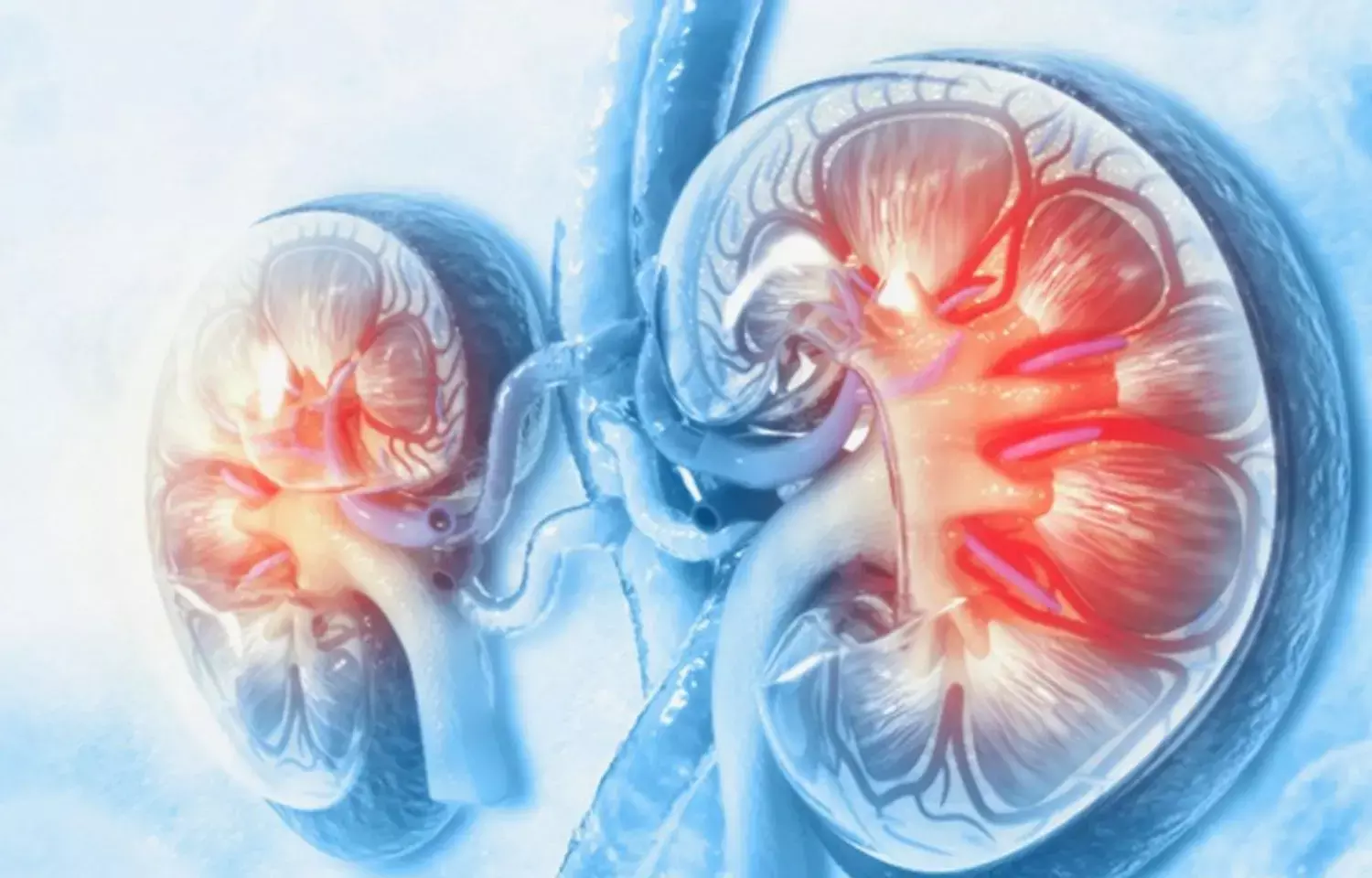- Home
- Medical news & Guidelines
- Anesthesiology
- Cardiology and CTVS
- Critical Care
- Dentistry
- Dermatology
- Diabetes and Endocrinology
- ENT
- Gastroenterology
- Medicine
- Nephrology
- Neurology
- Obstretics-Gynaecology
- Oncology
- Ophthalmology
- Orthopaedics
- Pediatrics-Neonatology
- Psychiatry
- Pulmonology
- Radiology
- Surgery
- Urology
- Laboratory Medicine
- Diet
- Nursing
- Paramedical
- Physiotherapy
- Health news
- Fact Check
- Bone Health Fact Check
- Brain Health Fact Check
- Cancer Related Fact Check
- Child Care Fact Check
- Dental and oral health fact check
- Diabetes and metabolic health fact check
- Diet and Nutrition Fact Check
- Eye and ENT Care Fact Check
- Fitness fact check
- Gut health fact check
- Heart health fact check
- Kidney health fact check
- Medical education fact check
- Men's health fact check
- Respiratory fact check
- Skin and hair care fact check
- Vaccine and Immunization fact check
- Women's health fact check
- AYUSH
- State News
- Andaman and Nicobar Islands
- Andhra Pradesh
- Arunachal Pradesh
- Assam
- Bihar
- Chandigarh
- Chattisgarh
- Dadra and Nagar Haveli
- Daman and Diu
- Delhi
- Goa
- Gujarat
- Haryana
- Himachal Pradesh
- Jammu & Kashmir
- Jharkhand
- Karnataka
- Kerala
- Ladakh
- Lakshadweep
- Madhya Pradesh
- Maharashtra
- Manipur
- Meghalaya
- Mizoram
- Nagaland
- Odisha
- Puducherry
- Punjab
- Rajasthan
- Sikkim
- Tamil Nadu
- Telangana
- Tripura
- Uttar Pradesh
- Uttrakhand
- West Bengal
- Medical Education
- Industry
Total and free concentrations of Polymyxin B1 may predict Polymyxin B-induced nephrotoxicity: Study

China: Monitoring total and free plasma concentrations of Polymyxin B1 may predict Polymyxin B-induced acute kidney injury (AKI) in critically ill patients, a recent study published in Infectious Diseases and Therapy has stated.
The authors wrote, "in critically ill patients, early therapeutic drug monitoring (TDM) of PMB should be considered. Compared with Cmin (B), Cmax (B) and Cmax (B1) may be helpful for the early prediction of PMB-induced AKI in critically ill patients."
The correlation between total and free polymyxin B (PMB including PMB1 and PMB2) exposure in vivo and acute kidney injury is not well understood. Considering this, Xin Li, The Clinical Application Research Institute of Antibiotics in Changsha, Changsha, Hunan, China, and colleagues aimed to explore the relationships between plasma exposure of PMB1 and PMB2 and nephrotoxicity and investigate the risk factors for PMB-induced acute kidney injury in critically ill patients.
For this purpose, the researchers enrolled critically ill patients who used PMB and met the criteria. liquid chromatography-tandem mass spectrometry and equilibrium dialysis was used to analyze the total plasma concentration and plasma binding of PMB1 and PMB2.
Salient findings of the study include:
- A total of 89 patients were finally included, and AKI developed in 28.1% of them.
- The peak concentration of PMB1 (Cmax (B1)) (adjusted odds ratio (AOR) = 1.68), baseline BUN level (AOR = 1.08) and hypertension (AOR = 3.73) were independent risk factors for PMB-induced AKI.
- The area under the ROC curve of the model was 0.799.
- When Cmax (B1) was 5.23 μg/ml or more, the probability of AKI was higher than 50%.
- The ratio of PMB1/PMB2 decreased after PMB preparation entered the body.
- The protein binding rate in critically ill patients indicated significant individual differences.
- Free Cmax (B) and free Cmax (B1) levels in the AKI group were significantly higher than those in the non-AKI group.
- Total and free concentrations of PMB in patients showed a positive correlation.
"In the study, Cmax (B1), baseline BUN levels, and hypertension were identified as independent risk factors for PMB-induced AKI," the authors wrote in their study. PMB1/PMB2 ratio may decrease after PMB preparation entered into the body." "Both the ROC curve and logistic regression model showed that Cmax (B1) was a good predictor for the probability of PMB-induced AKI."
"In critically ill patients, early therapeutic drug monitoring of PMB should be considered," they concluded."Compared with Cmin (B), Cmax (B) and Cmax (B1) may be helpful for the early prediction of PMB-induced AKI in critically ill patients."
Reference:
Deng, Y., Gu, JY., Li, X. et al. Does Monitoring Total and Free Polymyxin B1 Plasma Concentrations Predict Polymyxin B-Induced Nephrotoxicity? A Retrospective Study in Critically Ill Patients. Infect Dis Ther (2022). https://doi.org/10.1007/s40121-022-00655-3
Dr Kamal Kant Kohli-MBBS, DTCD- a chest specialist with more than 30 years of practice and a flair for writing clinical articles, Dr Kamal Kant Kohli joined Medical Dialogues as a Chief Editor of Medical News. Besides writing articles, as an editor, he proofreads and verifies all the medical content published on Medical Dialogues including those coming from journals, studies,medical conferences,guidelines etc. Email: drkohli@medicaldialogues.in. Contact no. 011-43720751


